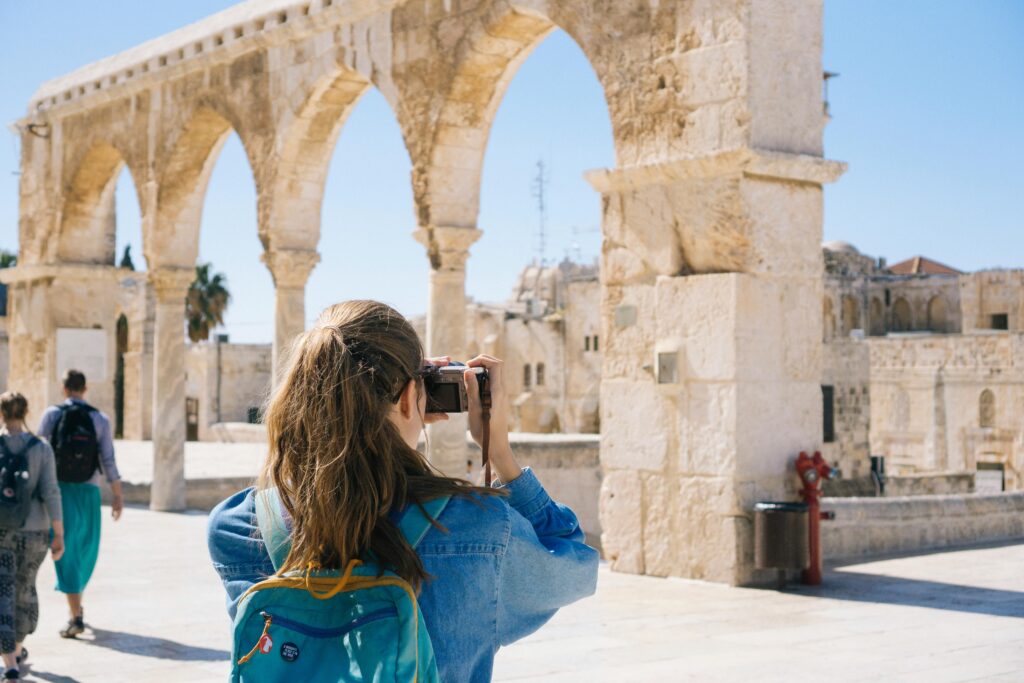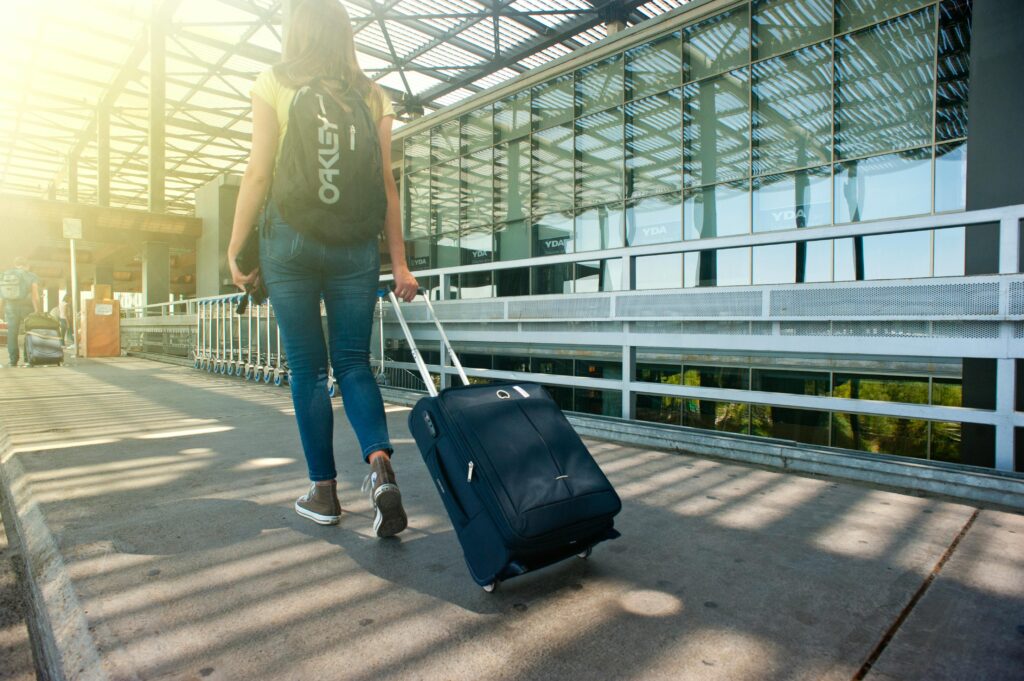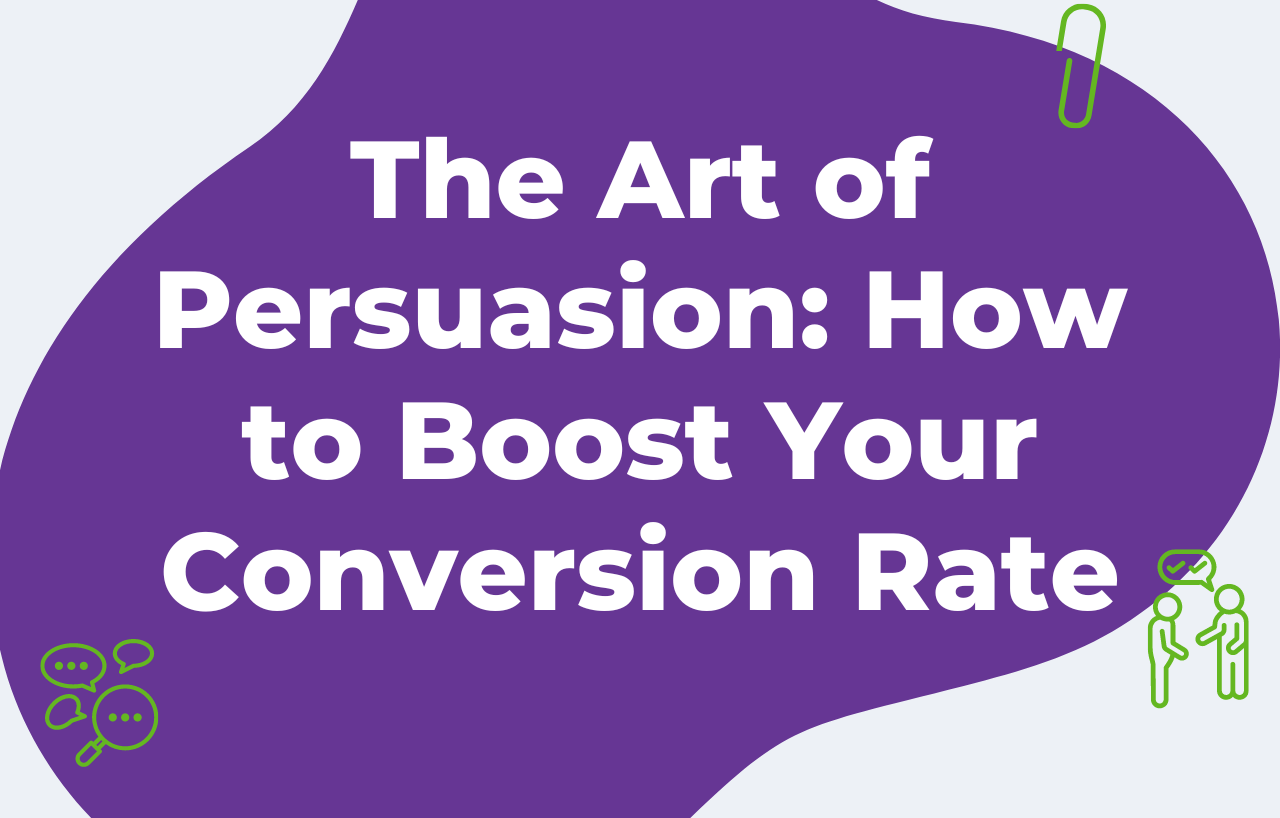Selling a travel experience is more than just listing destinations and prices. It’s about making people feel like they’ve already dipped their toes into that tropical water or wandered through those ancient city streets. When someone reads your copy, they should be able to picture themselves there; hearing the sounds, tasting the flavours, and living the moment.
But how can you capture that magic through a computer screen or mobile device?
Whether you’re setting up your social media channels to create engaging content for tourists, or your travel business is exploring website copywriting for the first time — we’re here to help!
Step 1: Know Who You’re Talking to & Get Inside Your Traveller’s Head
Before you can sell anything — let alone a travel experience — you need to understand who’s buying. Every traveller is different. Some crave excitement, others seek relaxation, and some want complete cultural immersion. Before you can write copy that connects, it’s important to know as much about your travellers as possible.
Who are your travellers? Are they families or solo adventurers looking for fun activities and all-inclusive experiences? Are they honeymooners or retirees wanting to explore the world at their own pace? Or are they luxury travellers in search of an exclusive and completely bespoke trip…and are willing to pay for it?
To determine how best to speak to your target audience, we suggest focusing on:
- Demographics: What’s the age, gender, and income level of your target audience? This information can help guide your tone and offerings — as well as the specific language you use in your content. For example, marketing a luxury cruise will definitely require a different tone than a budget backpacking tour.
- Interests: What do your target customers care about most? Is it food experiences? Spa packages? Historical attractions? Once you know what appeals to them most, it’s easier to speak their language.
- Pain points: What challenges are your potential customers trying to avoid? Are they looking for hassle-free travel with guided tours to shield them from language barriers? If so, show them how you can make their trip easy and stress-free!
Step 2: Use Words That Stir Emotions & Make Them Feel Like They’re Already There
Once you’ve figured out who you’re talking to, the next step is to make them feel something. Dry, factual descriptions won’t inspire action. You want your readers to picture themselves in the middle of the experience and start experiencing some of the emotions they’ll feel once they’re there.
To do this, use emotive language that opens up your readers’ senses. Just don’t overdo it and let your website copy become overly “flowery”. Your readers want to imagine your travel experience in as much detail as possible, but it also needs to feel authentic.

To get the balance right, we suggest that you:
- Avoid clichés and generic phrases: Steer clear of overused phrases like “trip of a lifetime” or “hidden gem”. These can feel flat and uninspiring. Instead, aim for fresh, specific language that brings your travel experience to life. For example, instead of “immerse yourself in history”, say “step back in time as you walk through centuries-old cobblestone streets, where history whispers from every corner.”
- Using sensory words: Taste, touch, smell, sight, and sound are just some of the biggest reasons people travel. They want a new experience, so it’s vital that your content shows them exactly what’s on offer. Don’t just tell them about the beach; describe the warmth of the sand, the scent of the salty ocean air, and the sound of waves crashing against the shore.
- Focusing on feelings: It’s also important to factor in how tourists want to feel when they finally reach a destination. Safe? Relaxed? Adventurous? Be sure to tap into these emotions so the reader feels drawn to the experience you’re selling.
Remember: To create a strong travel marketing strategy, it’s also important to keep your brand messaging consistent across all channels. From your social media posts to your email marketing efforts, consistency helps build trust and engage your audience.
Step 3: Use Storytelling Techniques & Capture the Magic of the Moment

Good copywriting for travel isn’t just about facts and figures; it’s about telling a story that your reader wants to be part of. Why is storytelling such a powerful way to sell? In short, because it brings your offerings to life.
By the time a reader reaches the bottom of your page, you want them to feel ready to get on that plane — or even in the car — and make their way towards an experience they’ll never forget.
So, when it comes to structuring your copy and getting your message across, think of it like taking your reader on a journey:
- Start with a hook: Start with something that pulls the reader in and makes them pause and think, “I want that.” Maybe it’s a question like, “Ready to watch the sunrise over the Serengeti?” Or a statement like, “Imagine sipping wine in a vineyard at sunset.” Whatever you say, it’s important to get their attention right off the bat!
- Set the scene: After the hook, take them to that place. Whether it’s the side streets of Italy, the bustling markets of Marrakech, or the stillness of a secluded mountain top somewhere remote — use vivid, sensory language that makes them feel like they’re already there.
- Inform along the way: Slip in practical information like flight details, itinerary tips, or accommodation options without breaking the flow of the story. Keep it conversational and effortless, so they’re learning while staying immersed in the journey.
- Create anticipation: Drop hints about the adventures waiting around the corner. Build excitement by making them wonder, “What happens next?” You want your readers to feel like they’re really missing out if they don’t take that next step.
- Wrap it up with action: Finish with a clear, inviting call to action. Don’t just say “Book now.” Try to make it feel urgent but exciting. Try something like “Your next adventure is just a click away” or “Ready to make your travel dreams real?”
Remember: Your copy should always feel like a conversation, not a sales pitch. You’re not just selling a trip, you’re offering prospective travellers a chance to do something really special for themselves and create memories that will last a lifetime. So, address your readers directly, and connect with them on a human level.
Step 4: Research SEO Keywords & Make Sure Your Travel Copy Gets Seen
Now that you’ve created engaging, emotive copy, you need to make sure people can actually find it. This is where SEO comes into play.
You can have the most brilliant content strategy and the most incredible copy in the world, but without visibility, it won’t drive website traffic and convert into bookings.
Here’s how to ensure your travel copy is SEO-friendly:

- Use location-based keywords: Drop in the names of specific destinations, landmarks, or travel experiences. If you’re offering a luxury safari in Kenya, don’t forget to mention the parks or regions you’ll be exploring.
- Long-tail keywords: Think like your customer. Phrases like “best honeymoon spots in Italy” or “affordable family vacations in Florida” are exactly what they’re typing into Google.
- Optimise meta descriptions and titles: Meta titles and descriptions are the first things people see on search engine results pages, so make them count! Keep them concise but descriptive, including relevant keywords throughout.
- Keep it easy to read: Break up your copy into easy-to-read chunks, and avoid any overly complex language. Google (and your readers) will thank you for it!
Tip: Incorporating SEO keywords doesn’t mean stuffing a blog post or website copy full of awkward phrases. Instead, it’s about naturally incorporating terms your target market is searching for, without detracting from the text. If your audience thinks your copy feels inauthentic, they’ll think your travel experience are, too!
Step 5: Explain Why Now Is the Best Time to Book & Add a Little Urgency
People often delay making decisions — especially when there’s a large sum of money involved. One way to push them towards booking is by creating a sense of urgency.
The scarcity principle is a psychological trigger — when people feel like an opportunity is slipping away, they’re more likely to act fast.
And, while you don’t want to sound pushy, gentle reminders that space is limited, or that prices may increase can nudge readers toward making that final click.
Here’s how to create urgency, without sounding forced:

- Limited spots: Let your readers know when things are starting to fill up. If there are only a few spaces left, don’t be shy about it — give them a heads-up. This works especially well for tours, accommodations, or any special packages you offer.
- Book early, save more: A little incentive never hurts. Whether it’s a discount for booking ahead of time or a deal tied to the season, it gives them that extra nudge to act now.
- Seasonal magic: Let them know when experiences are time-sensitive. Whether it’s the Northern Lights in winter or summer boat tours, a quick reminder of upcoming dates can light a fire under their plans.
- Last-chance offers: If you’ve got a deal or promotion that’s about to expire, let them know! A gentle reminder that time’s running out can create that “now or never” feeling, without sounding too pushy.
Step 6: Make Booking Easy: Guide Them from Dream Vacation to Reality
Finally, once your copy has done the work of building excitement and capturing interest, the next step is to make it easy for your readers to take action. Whether it’s booking a trip or simply contacting your team for more information, the process should feel effortless.

Here’s how to do it:
- Use action-oriented language: While it’s important to keep your call-to-action super clear, you also want them to feel motivational. Instead of just saying “Book Now”, try “Start Planning Your Dream Getaway” or “Secure Your Spot”.
- Make it mobile-friendly: Many travellers book trips from their phones these days, so make sure your site is smooth and easy to use no matter what device they’re on.
- Give them a little peace of mind: Just before the booking stage, be sure to throw in a few glowing reviews or value-based information like a money-back guarantee. Sometimes, all it takes is that extra bit of reassurance to seal the deal.
- Keep the form short and sweet: Don’t overwhelm travellers with too many fields. The easier the booking process, the quicker they’ll lock in that trip!
The Content Lab: Where Wanderlust Starts with Words
We don’t just write travel content — we breathe life into it. We know it’s not just about the places you offer; it’s about the emotions your experiences stir and the memories waiting to be made.
Ready to turn your travel experiences into stories that sell?
Reach out to us today, and let’s create copy that transports your readers to the destinations of their dreams.
Other Posts
 Content Marketing
Content Marketing The Big, Beautiful List Of 48 Bakery Content Ideas
 Content Marketing
Content Marketing The Art Of The Sentence: How To Vary Sentence Structure To Craft Dynamic Copy
 Content Strategy 101
Content Strategy 101 

